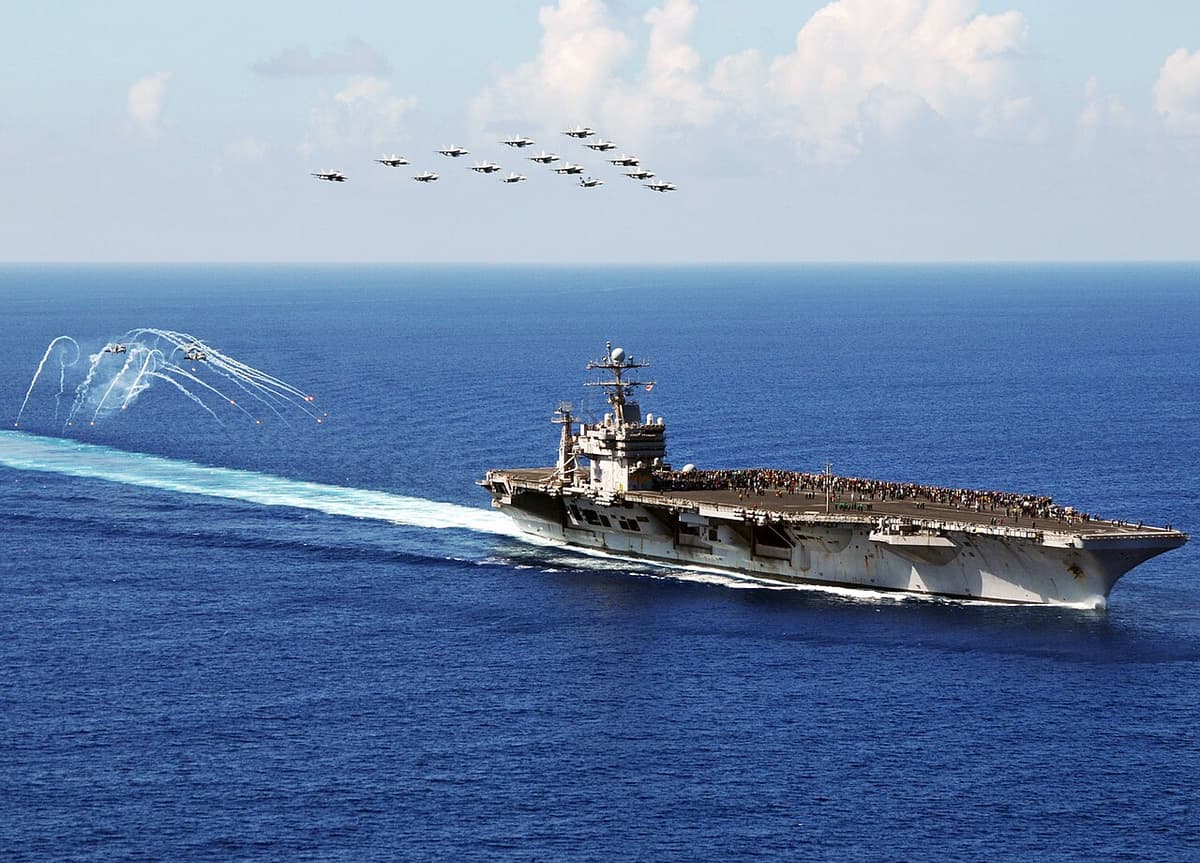Links Between Houthis, Communist China Suggest Scale of Challenge Ahead for Trump as America Rebuilds Naval Prowess
America’s failure, under President Biden, to reopen the Red Sea to commerce suggests an existential crisis for the Navy.

The United States Navy’s nine-month-long skirmish with the Houthi rebels was a rude awakening, but it wasn’t an existential crisis. Using the wrong tools on the wrong mission led, not unsurprisingly, to an unsuccessful outcome: the Houthis retaining control of one of the world’s most important sea lanes. But with the election of Donald Trump, the Navy actually might have to fight for its very existence.
When the United States Ship Eisenhower carrier group returned from its deployment to the region, the Navy said it had fired 155 Standard-2 missiles against Houthi drones, 135 Tomahawk cruise missiles at land targets, and naval aircraft had launched nearly 60 air-to-air missiles and 420 air-to-surface weapons. Plus, the Navy proudly announced that it was the first time a female combat pilot had shot down an enemy drone.
A login link has been sent to
Enter your email to read this article.
Get 2 free articles when you subscribe.

